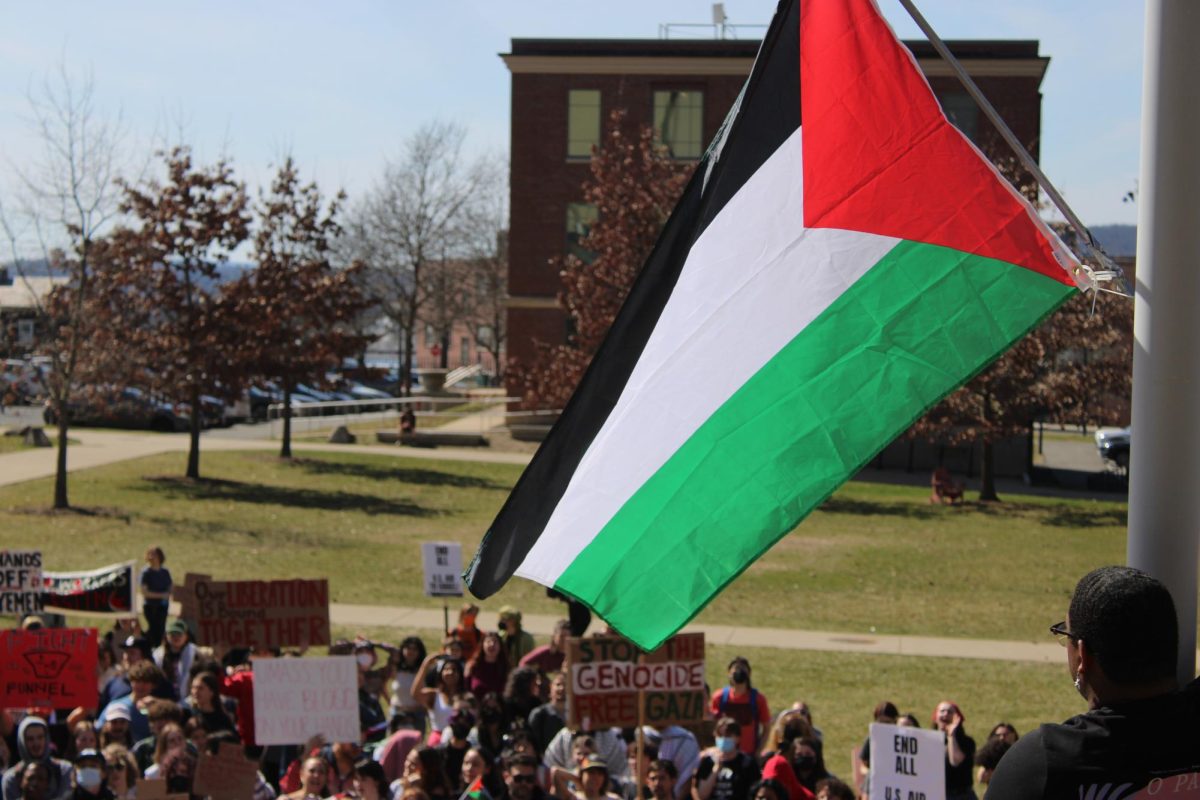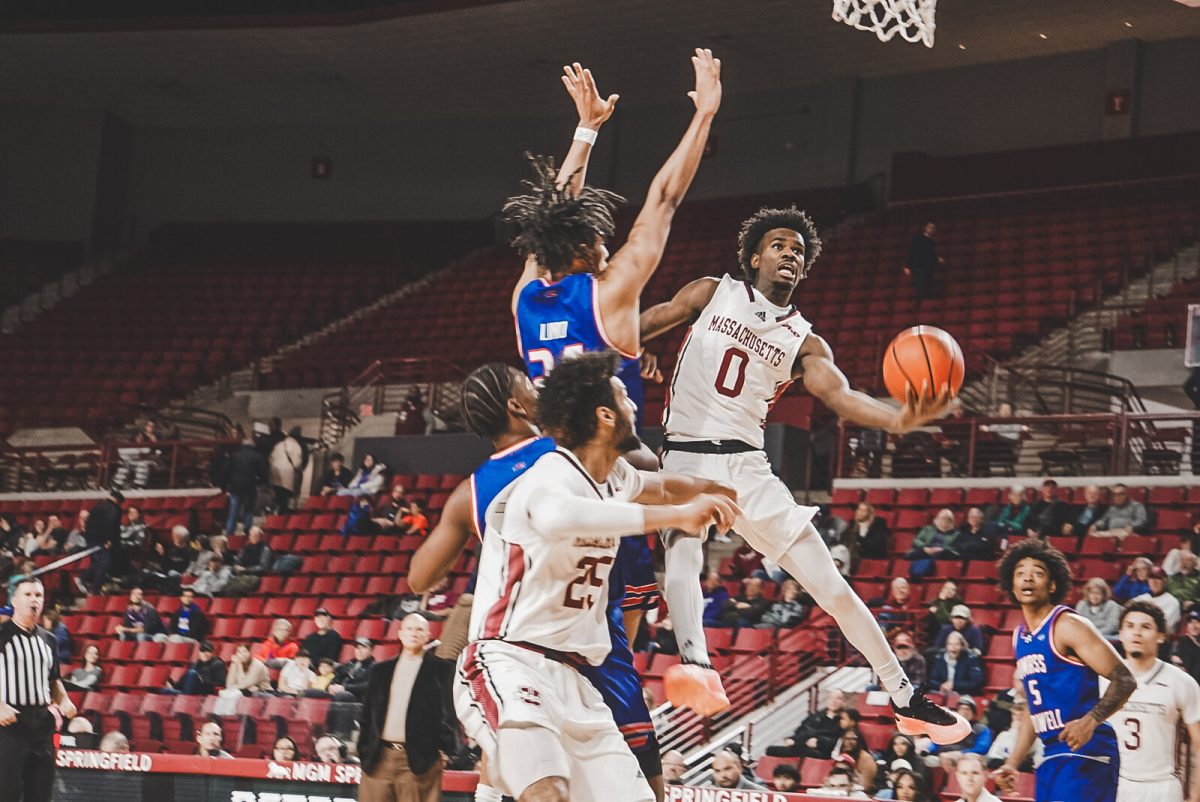The ongoing genocide in Palestine has captivated the attention of the international sphere for almost half a year. The topic remains controversial, and our government has been hesitant to take a strong stance on the matter. Still, public support for Palestine has grown each day that a ceasefire is delayed.
Across the nation, college campuses have recently erupted into protest. While calls for university divestment from weapons contractors saw an uptick last year, the past month has brought on an increase in the intensity of these rallies with students frustrated at the lack of response to their pleas.
Universities have always been hotspots for protests and demonstrations, and even beyond the universities, more and more individuals of all ages have been expressing sympathy toward the Palestinian cause as the damage done by Israeli forces accumulates. However, this conflict has also demonstrated a marked divide in how different generations consume their media.
Since the genocide’s beginning, Palestinian journalists on the ground have taken to social media to document the devastation. This is the bulk of what was circulating on the pages of many young individuals: firsthand pictures and videos giving an unfiltered look into the rubble and death plaguing Gaza as Israeli attacks escalated. This civilian-recorded footage was effective in shocking its viewers into action but was also often very graphic—not content likely to make broadcast news.
Only recently has there been a shift towards a more critical approach of Israel and Prime Minister Benjamin Netanyahu in the mainstream media. This is where many members of older generations get their news and information, creating a generational discrepancy. The United States and Israel have supported each other since the 1960s, and the two nations share a history of siding with each other on international affairs.
This is likely one of the reasons that many early reports of the “Israel-Hamas war” were hesitant to take a stance that presented Israel in any sort of negative light. Given the long history between our two nations, much of mainstream American media shieded away from being divisive or insulting. Whether this meant focusing more on the Oct. 7 attack by Hamas than on the disproportion of Israel’s response, disregarding the long history of conflict between the two territories or ignoring the disparity between their military capacities and resources, mainstream media painted a very different picture from social media.
Our media landscape is changing, and it is important not to rule out social media platforms as viable sources of information. When used with discretion, social media offers something that has recently been difficult to find within other platforms: objectivity. Although the news is supposed to be a relatively objective form of media, controversial topics like this reveal the way politics can influence the scope of information we receive. Even when there is no political pressure to report in a certain way, most major media platforms of today frame things in such a way as to attract the biggest audience, which sometimes means ensuring their beliefs are not challenged and no one is alienated due to uncomfortable content.
When used properly, and with the intent to learn rather than reinforce the opinions you already hold, social media can be a valuable means of forming your own perspective on vitally important issues. The destruction of entire communities, neighborhoods and lives as shown by Palestinians on the ground in Gaza made clear early on that this was not simply a retaliation by Israel in response to Oct.7; Hamas’ attack was taken as an opportunity for Netanyahu and Israeli military forces to damage Palestine in a way they had long been waiting to do. Many Americans who watch mainstream media were aware of the numbers and statistics of this damage, but the media’s insistence on tiptoeing around condemning it left many viewers with the impression that Israel had no other option but to strike with such force.
At this point, the damage has become so blatantly devastating that our government and media institutions are finally starting to shift away from their unconditional support of Israel, albeit slowly. However, with almost 35,000 Palestinians dead, and millions more displaced, this is too little too late. One of the most valuable purposes of our free press is its ability to report the truth and inspire audiences to act on it. If the content shared on social media was made more accessible from the start, the public outcry from younger generations may have had the magnitude of many more Americans and produced a response from our government much sooner. As our media landscape changes and becomes more complex, we have a responsibility to utilize it fully and seek the facts, from wherever they may come.
Devon Chichester can be reached at [email protected]



















